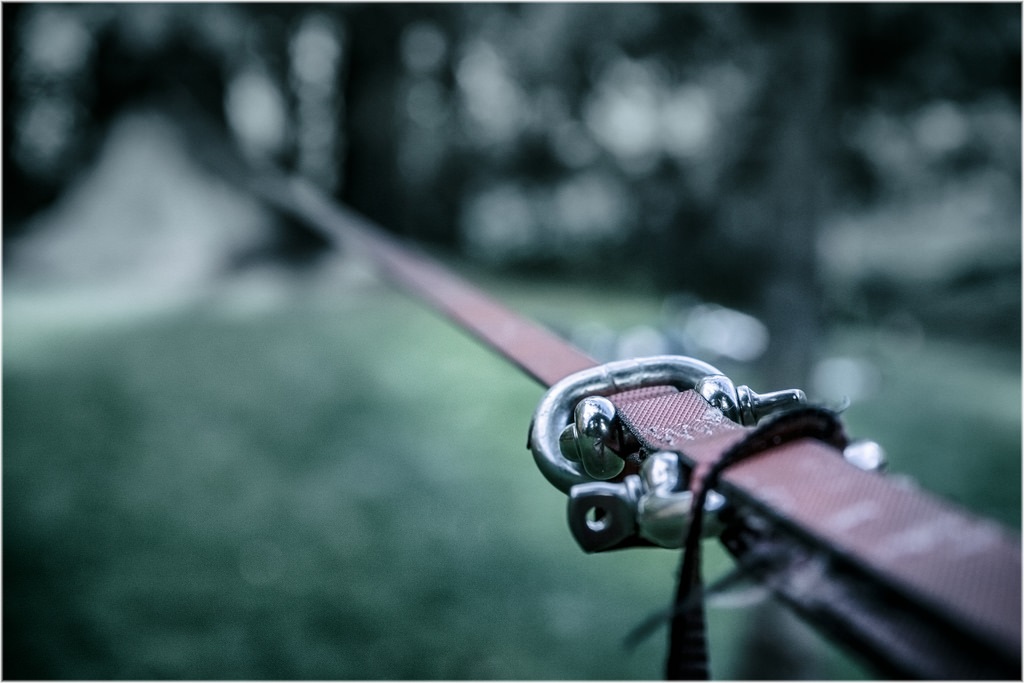What is Slacklining (Slackline Trick Tutorial)
So what in the world is slacklining? Is it a sport? a culture? a hobby?
Slacklining could be defined as a sport or activity, but whatever it is it’s skyrocketing in popularity and has a variety of different aspects to it.
There are several main categories that slacklining gets broken down into but the edges between each or very grey area. These categories include but aren’t limited to Highlining, Longlining, and Freestyle.
Slacklining is a skill where a person moves along a dynamic suspended webbing type material strap that is connected between two stationary anchored objects. It’s properties are so that when the person move back and forth so does the strap making balance the key factor to mastering the line.
There are all sorts of different actions and moves that are done on a slackline and the list is ever growing from year to year as the sport continues to exponentially shoot up in popularity. You can walk, run, jump, skip, flip, bounce. It looks a lot like tight rope walking but the webbing strap has much more play or give in it allowing for more technical type tricks.
Highlining is just what it sounds like. Highlining is slacklining at an elevated distance above the ground or body of water. It is done with a harness, of which there are several different types, and a trailing leash attached to the slackline in various ways for when you fall.
Longlining is walking a slackline over very long distances and becomes increasingly more difficult the longer the line. When longlining, keeping balance centered is of course the main key. A loss of centered balance means game over.
Freestyle slacklining is a different game all together as the the lines are made to bounce allowing the slackliner to jump and flip on the line like a trampoline. There are some established tricks but new versions of old tricks and completely unseen tricks are come up with every year.
For the most part, freestyle slacklines are typically put up between two trees with a ratcheted type system. When it comes to highlining and longlining the setup is often done very different and is much more technical as extra security is very important.
When it comes to the topic of wearing shoes on the line it is all a matter of personal preference. Some people prefer to wear shoes as it gives them an added layer of protection for the bottom of their feet and their toes where as on the other hand some enjoy the freedom of being barefoot and the increased sensitivity to how each foot is placed in relation to the edges of the line. In freestyle you tend to see many more people wearing shoes on the line in comparison to longlining or highlining. But in the end, of course it is all up to you do do what is the most enjoyable since that is what slacklining is all about.
I hope that this gave you a little bit of a look into the great world of slacklines and maybe spiked a bit of an interest if you haven’t ever had a chance to try this great activity.
Take a look at the other pages in the tutorial section of toyskills.com if you have any interest in the sport as they will definitely add some benefit to you and your journey to crossing the slackline.



